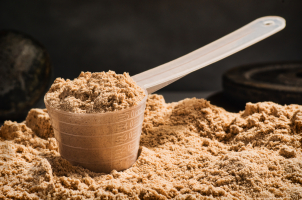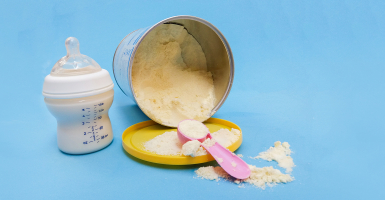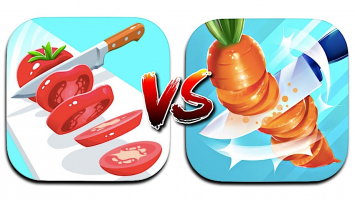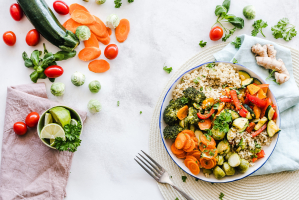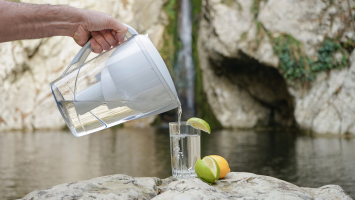Top 15 Best Protein Sources for Vegans and Vegetarians
The possibility of insufficient protein in vegetarian and vegan diets is a real concern. Many experts, though, agree that a well-planned vegetarian diet may ... read more...give you all the nutrients you need, including protein. However, some plant foods have a higher protein content than others, and both recent and earlier research indicates that eating a diet high in protein can help people lose weight, build muscle, and feel fuller longer. Here are some plant foods with a high protein content per serving.
-
Many vegetarians and vegans turn to seitan as a source of protein. The primary protein in wheat, gluten, is used to make it. It closely resembles the appearance and texture of meat when cooked, in contrast to many soy-based mock meats. It is one of the richest plant protein sources available, with roughly 25 g of protein per 3.5 ounces (100 g), often known as wheat meat or wheat gluten.
Additionally a rich source of selenium, seitan also has a small amount of phosphorus, calcium, and iron. This meat substitute can be found in the refrigerator section of many grocery stores, particularly in health food stores. With wheat gluten, you can also make your own version. Seitan is simple to use in a variety of recipes because it may be pan-fried, sautéed, or even grilled. However, seitan should be avoided by anyone with gluten intolerance, as it includes wheat.
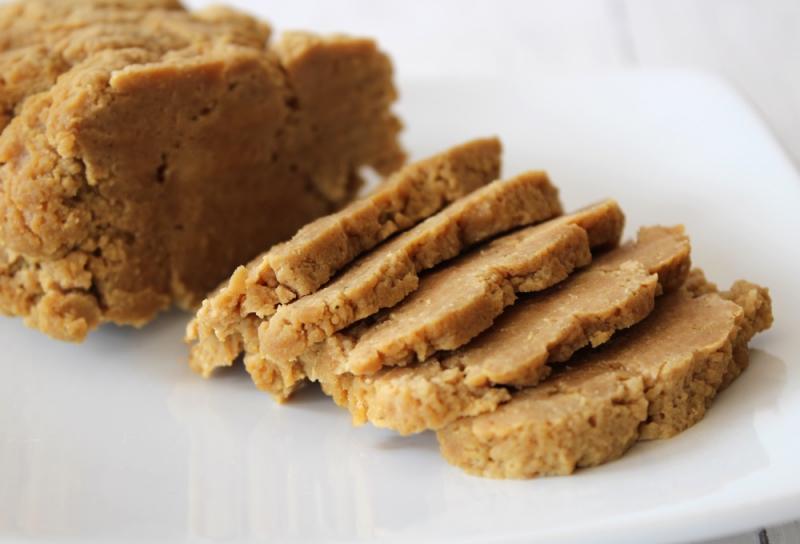
Seitan 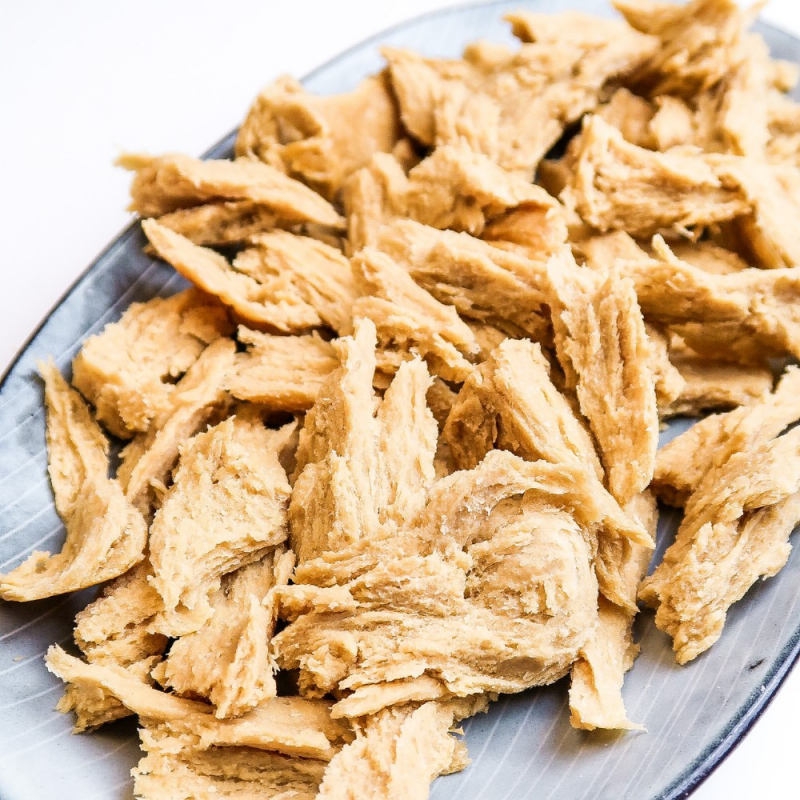
Seitan -
All three of these soybean-based foods—tofu, tempeh, and edamame—are particularly well-liked in East Asian cuisine. One complete source of protein is soybeans. This means that they give your body all the necessary essential amino acids.
Edamame is immature soybeans that have a sweet, slightly grassy taste. Before eating them, you need to steam or boil them. After that, they can be eaten on their own or added to dishes like rice rolls, sushi, wraps, stir-fries, and soups. In a method akin to making cheese, bean curds are pressed together to make tofu. Meanwhile, mature soybeans are cooked, slightly fermented, and then pressed into a block to make tempeh. Both tofu and tempeh can be used in a wide range of dishes, including soups, stews, curries, and chilis. Per 3.5-ounce (100-gram) serving, all three soy-based proteins have iron, calcium, and 12–20 g of protein.
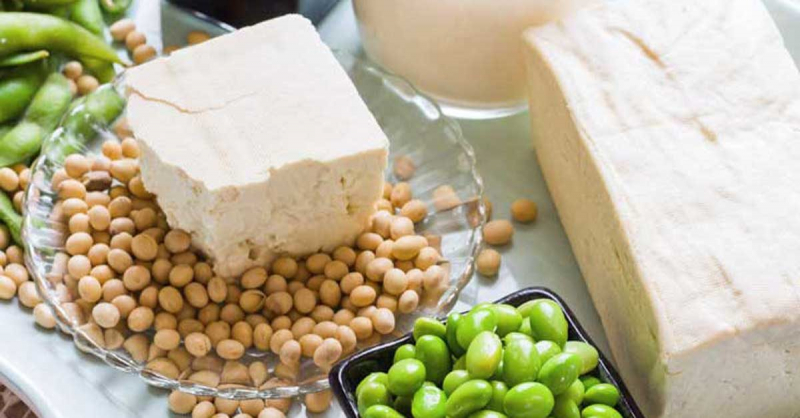
Tofu, tempeh, and edamame 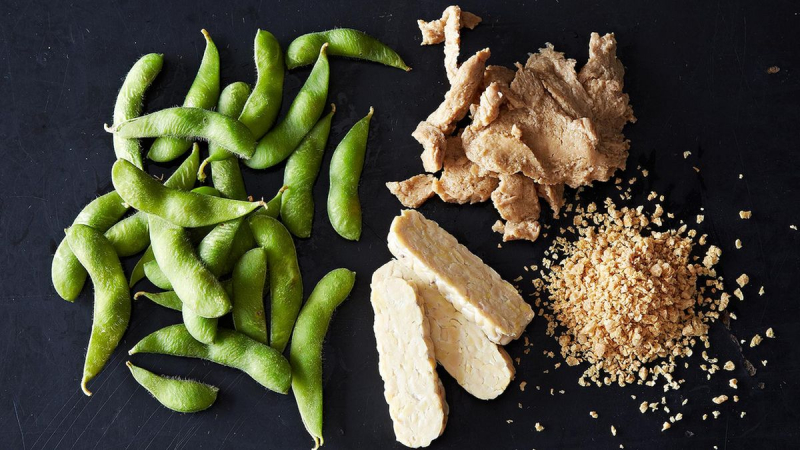
Tofu, tempeh, and edamame -
Lentils are a great source of protein, containing 18 g in each cooked cup (198 grams). They may be included in a wide range of recipes, from healthy salads to comforting soups and spice-infused dahls.
Additionally, lentils are a great source of fiber, providing more than half of the daily required amount in only one cup (198 grams). Additionally, it has been demonstrated that the fiber present in lentils nourishes the beneficial bacteria in your colon, supporting a healthy gut. Additionally, eating lentils may lower your risk of developing diabetes, heart disease, and certain types of cancer. Additionally, lentils are a good source of iron, manganese, and folate. They also include a substantial amount of antioxidants and other plant compounds that are good for your health. Around the globe, lentils are well-liked; and the staple ingredient in Indian dishes called dal or dahl is lentils. It's likely that you already enjoy lentils if you frequently eat South Asian food.
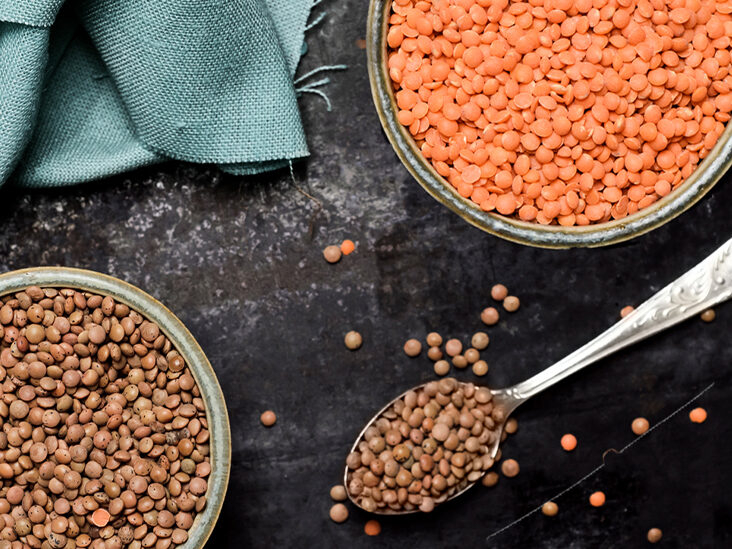
Lentils 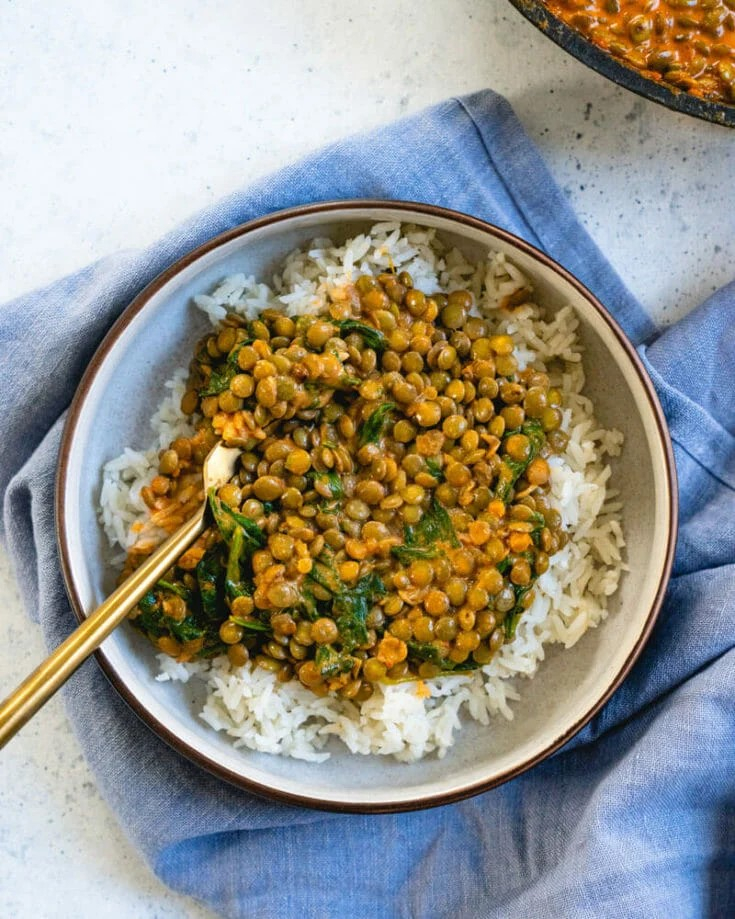
Lentils -
Most bean varieties, including kidney, black, pinto, and others, are important staple foods that are high in protein per serving. Garbanzo beans, or chickpeas, are another kind of bean with high protein content.
The majority of bean varieties have 15 g of protein per cooked cup (170 grams). They are also great sources of fiber, iron, folate, phosphorus, potassium, manganese, complex carbohydrates, iron, and other healthy plant compounds. A diet high in beans and other legumes can also help manage blood sugar, lower blood pressure, and even reduce belly fat, according to a number of studies. Making a delicious bowl of homemade chili is a great way to incorporate beans into your diet. Roasted chickpeas can also be enhanced with a dash of turmeric for additional health benefits.
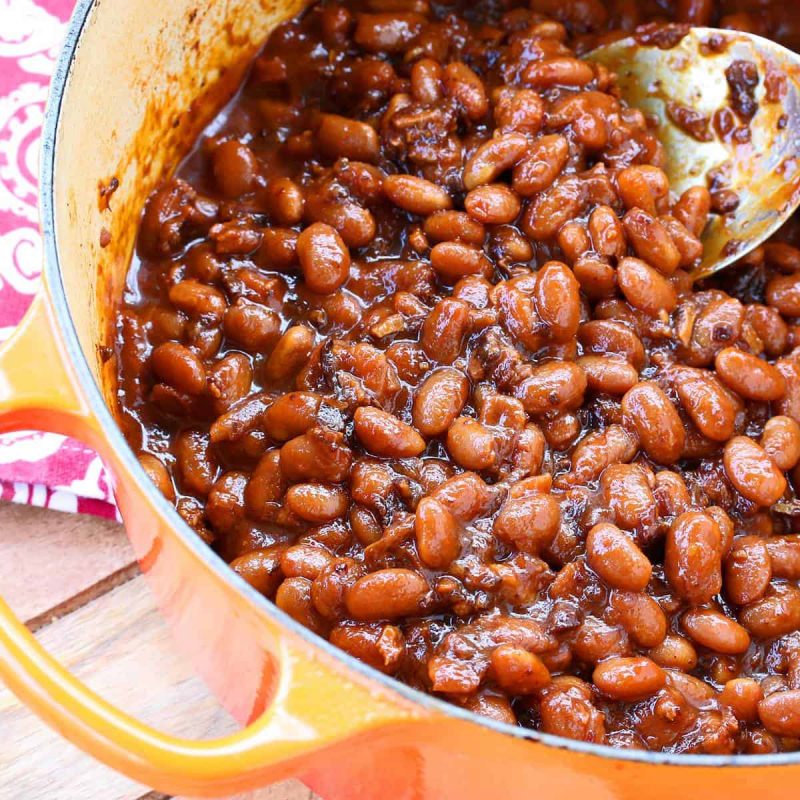
Beans 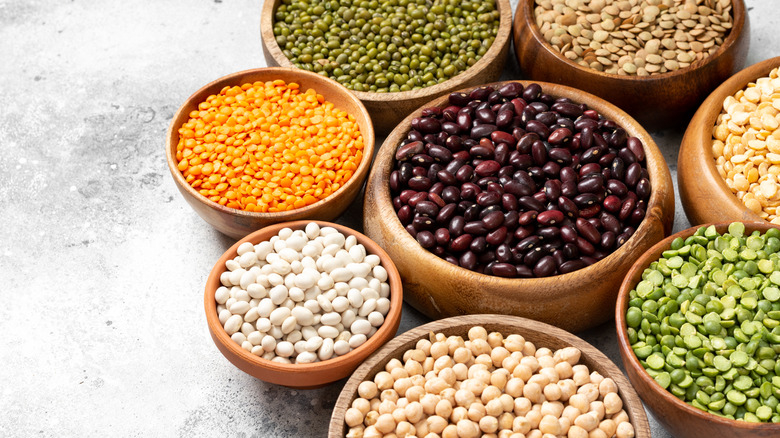
Beans -
Commercially available as a yellow powder or flakes, nutritional yeast is a deactivated strain of the yeast Saccharomyces cerevisiae. Nutritional yeast is similar to the yeast that people use in baking, but it undergoes a heating and drying process that renders it inactive. It has a cheesy flavor and is frequently used in dishes like mashed potatoes and scrambled tofu.
Additionally, nutritional yeast tastes great as a savory topping on popcorn or sprinkled on top of pasta dishes. 8 grams of protein and 3 grams of fiber are contained in a half-ounce (16 g) serving of this complete source of plant protein. Zinc, magnesium, copper, manganese, and all the B vitamins, including vitamin B12, are all abundant in fortified nutritional yeast. However, bear in mind that not all varieties of nutritional yeast are fortified, so carefully read the label.
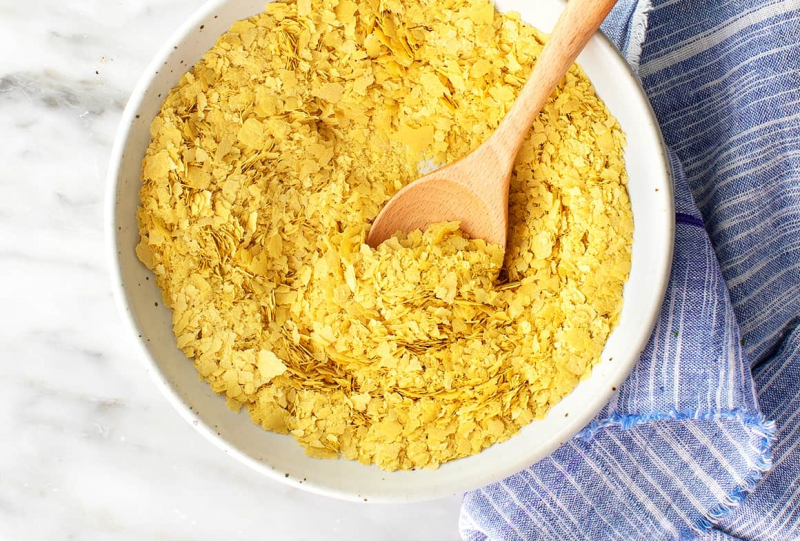
Nutritional yeast 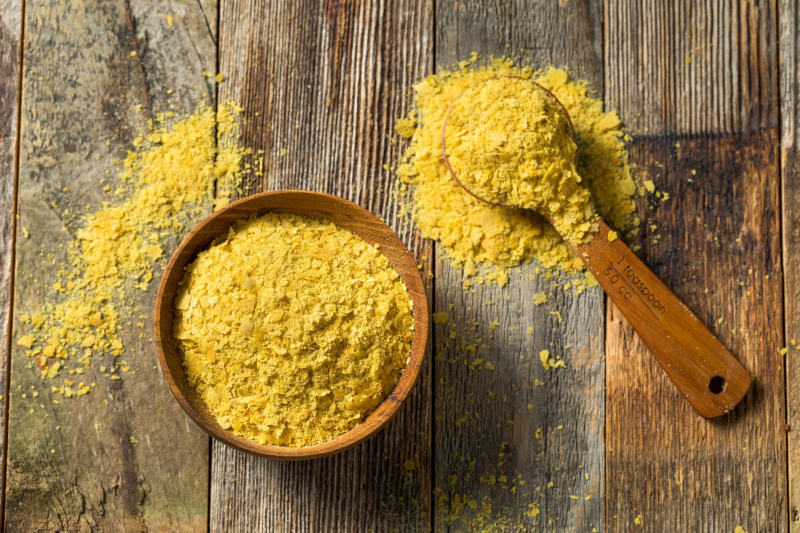
Nutritional yeast -
The group of cereals referred to as ancient grains includes spelt and teff. Barley, sorghum, farro, and einkorn are some additional ancient grains. Teff is naturally free of gluten because it comes from an annual grass, unlike spelt, a kind of wheat that includes gluten.
In comparison to other ancient grains, spelt and teff have 10–11 g of protein per cooked cup (250 grams). Both are great sources of fibre, iron, magnesium, phosphorus, manganese, complex carbohydrates, and many other nutrients. They also include selenium, zinc, and B vitamins. Spelt and teff are flexible substitutes for other grains like wheat and rice and may be used in a variety of dishes like baked goods and risotto. In fact, the main component of injera, a flatbread popular throughout East Africa, including Ethiopia, Eritrea, and Sudan, is flour made from teff.
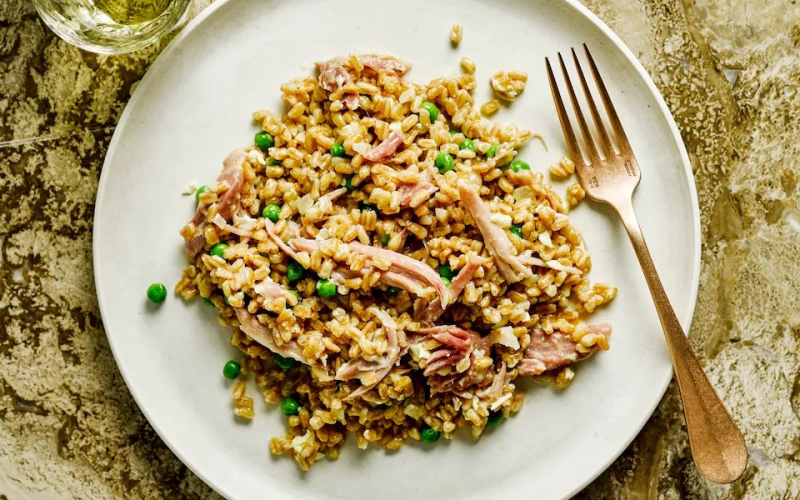
Spelt and teff 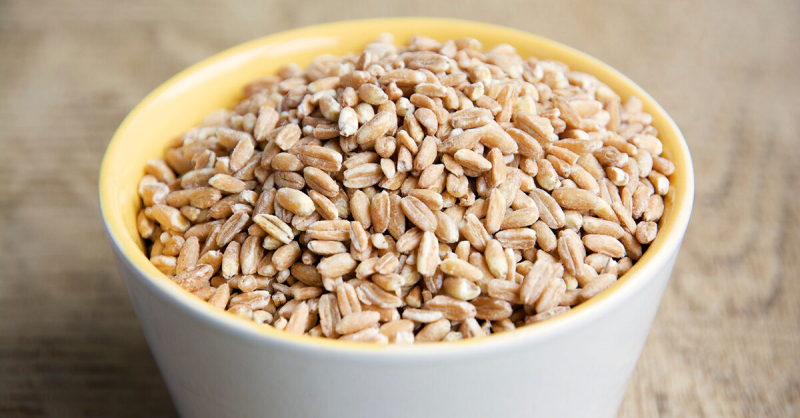
Spelt and teff -
Hemp seeds come from the Cannabis sativa plant, which is sometimes maligned for belonging to the same family as the cannabis plant. However, tetrahydrocannabinol (THC), the chemical responsible for cannabis' euphoric effects, is only found in very small quantities in hemp seeds.
In each 3-tablespoon (30-gram) serving, hemp seeds—which are less well-known than other seeds—contain 9 g of protein. Selenium, magnesium, iron, calcium, and zinc are also abundant in hemp seeds. The ratio of omega-3 to omega-6 fatty acids in them is also thought to be the best for human health. Interestingly, some research suggests that the type of fats included in hemp seeds may help lower inflammation and alleviate premenstrual syndrome, menopause, and some skin disease symptoms. Sprinkle some hemp seeds in your morning cereal or smoothie to include hemp seeds in your diet. Additionally, they can be added to oatmeal, protein bars, energy balls, and homemade salad dressings.
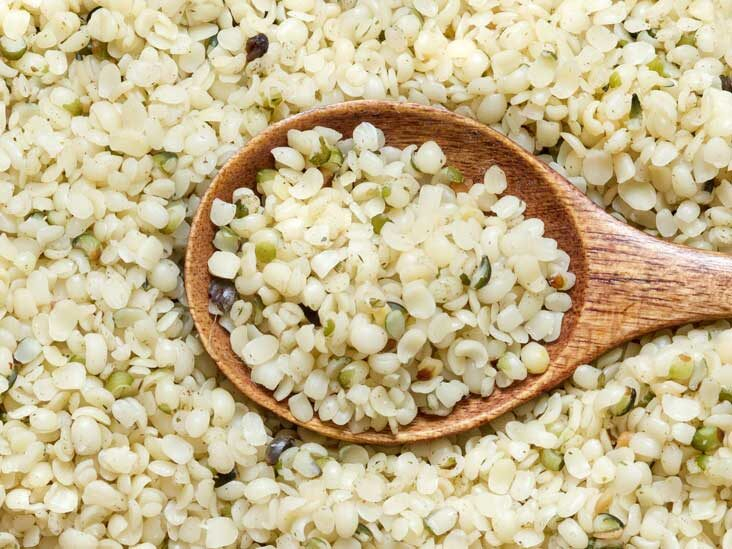
Hemp seeds 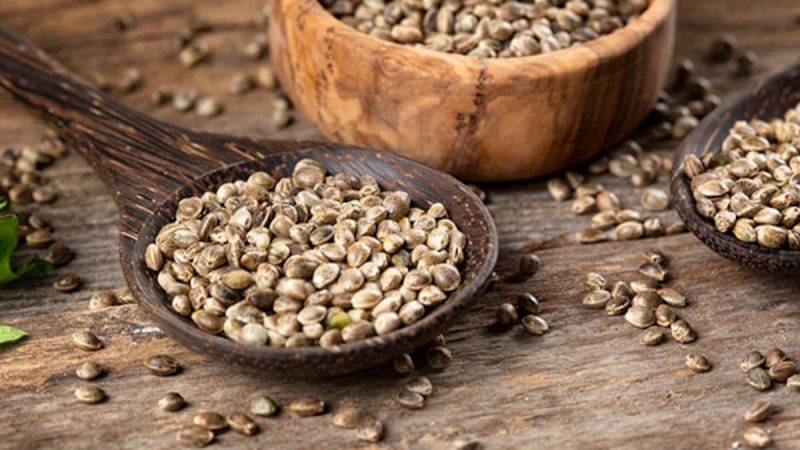
Hemp seeds -
Peas are a great source of protein and fiber, which help to control how you digest carbs. Peas' protein and fiber slow carbohydrate digestion and help in blood sugar regulation. According to studies, type 2 diabetics with high protein diets have lower blood sugar levels after meals.
In a cooked cup of green peas, which weighs 160 grams and is slightly more than a cup (237 mL) of dairy milk, there are almost 9 g of protein. Additionally, one serving of green peas provides more than 25% of your daily requirements for fiber, thiamine, folate, manganese, vitamin A, C, and K. Iron, magnesium, phosphorus, zinc, copper, and a number of other B vitamins are also abundant in green peas. Peas can be used in dishes like guacamole with avocado and peas, Thai-inspired pea soup, and ravioli stuffed with peas and basil.
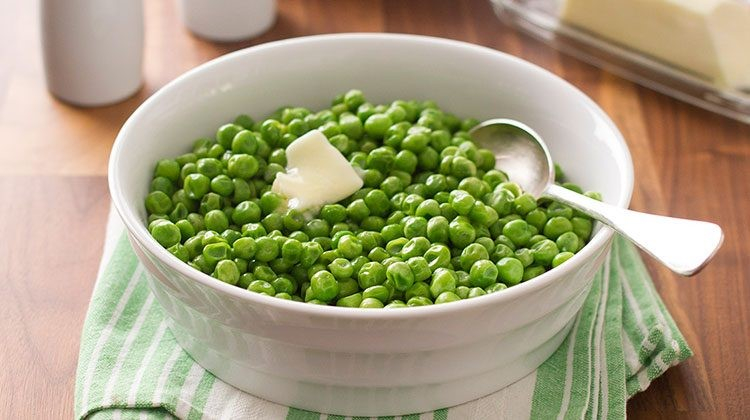
Green peas 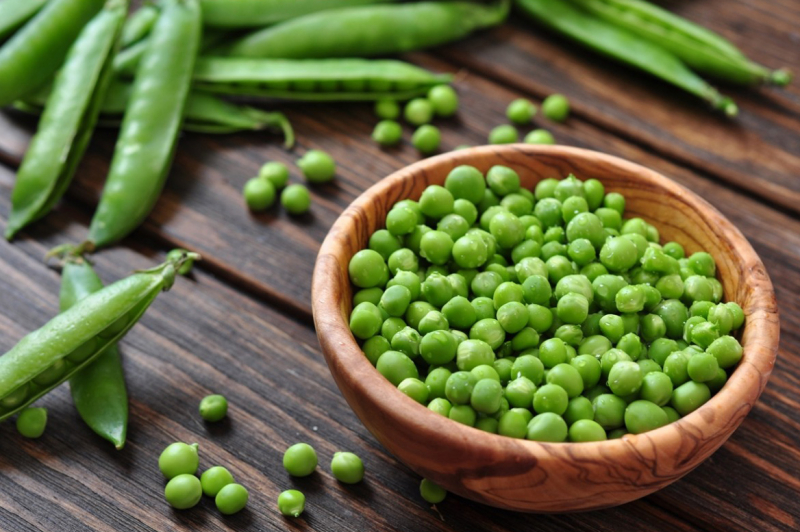
Green peas -
Spirulina is undoubtedly packed with nutrients. A 2-tablespoon (14-gram) portion contains 8 grams of complete protein, as well as 95% of your daily copper needs and 22% of your daily iron needs.
Additionally, spirulina is a great source of essential fatty acids, as well as significant amounts of the minerals magnesium, riboflavin, manganese, and potassium. A natural pigment contained in spirulina called phycocyanin has been shown in several test-tube and animal studies to have potent antioxidant, anti-inflammatory, and anti-cancer properties. Additionally, research links spirulina consumption to health advantages such as a boosted immune system, lower blood pressure, and better blood sugar and cholesterol levels. But more human studies must be conducted before any conclusions are drawn on all of spirulina’s health claims.
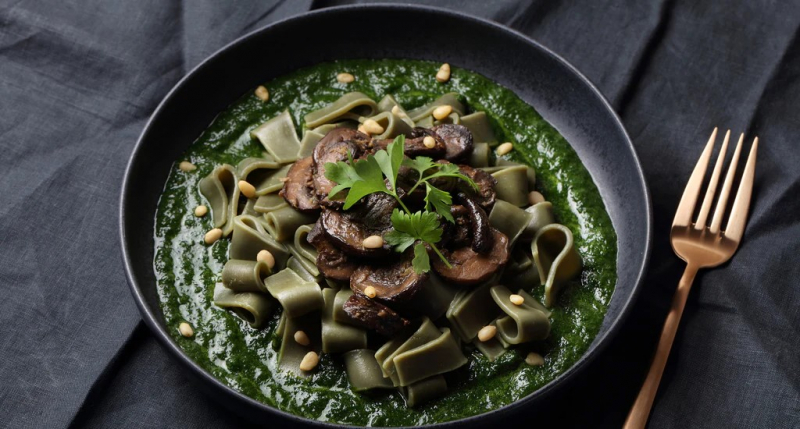
Spirulina 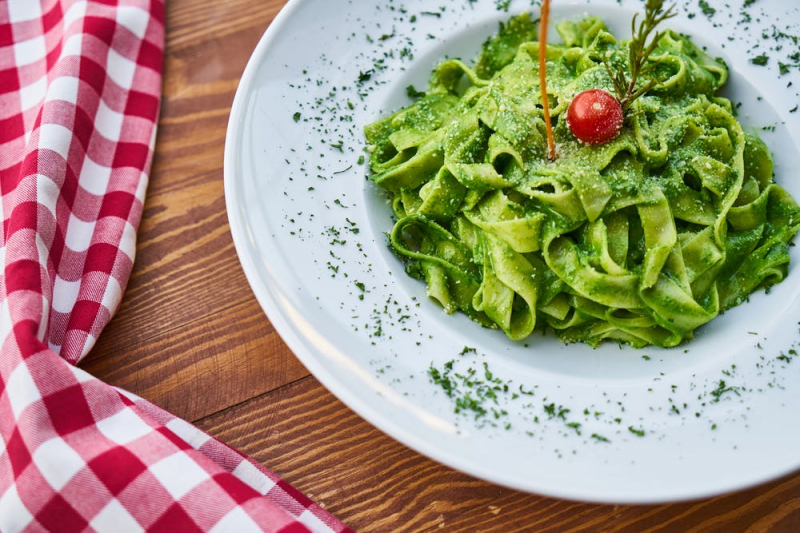
Spirulina -
Although quinoa and amaranth are commonly classified as ancient or gluten-free grains, they do not originate from grasses like other cereal grains. They are therefore technically regarded as pseudocereals for this reason.
Both are seeds, but their consistency and texture; mean that they successfully replicate grains in cooking and baking, and they also both have tremendous nutritional value. They can be cooked or ground into flours, just like more well-known grains. Amaranth and quinoa, which are uncommon among grains and pseudocereals, both offer 8–9 grams of total protein per cooked cup (185 grams). Amaranth and quinoa are also excellent sources of fiber, iron, manganese, phosphorus, and magnesium, as well as complex carbs. Both are complete proteins, meaning they contain all the amino acids your body needs. They are also both gluten-free, so they are safe for celiacs and those with gluten intolerances.
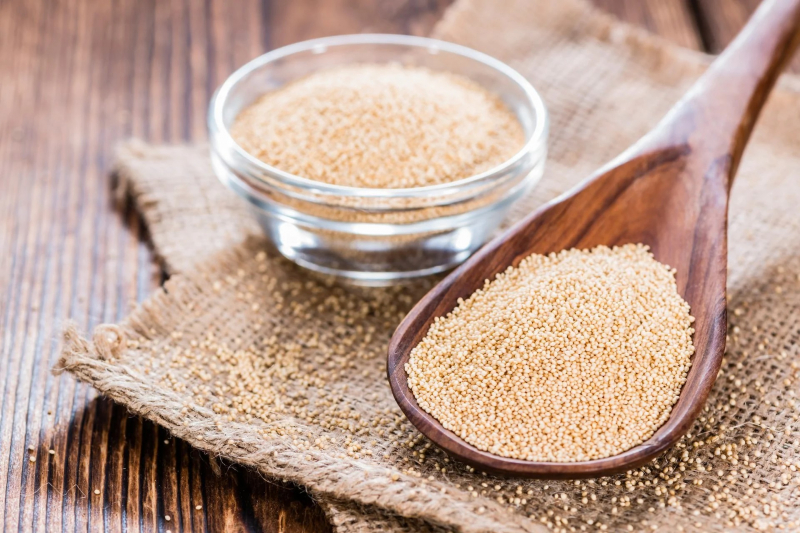
Amaranth and quinoa 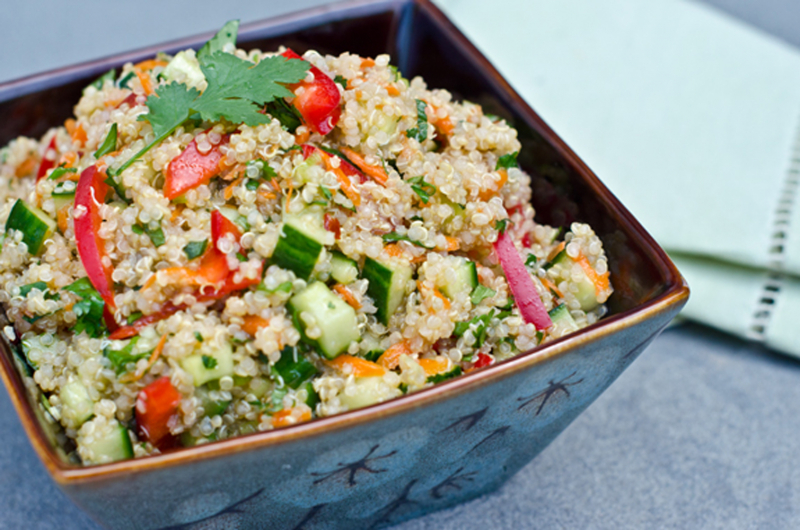
Amaranth and quinoa -
Made from soybeans, soy milk is frequently fortified with vitamins and minerals. For people who avoid dairy, it can be a great substitute for dairy milk. It is a great source of calcium, vitamin D, and vitamin B12 in addition to having 6 grams of protein per cup (244 mL).
Today, soy milk can be found around the country as a lactose-free dairy substitute with health benefits that are all it's own; it is available in most supermarkets. It's a highly versatile product that you can consume on its own or include in a number of other baking and cooking recipes. Remember that vitamin B12 is not naturally present in soy milk or soybeans, therefore you can choose a fortified variety. It's important to choose unsweetened variants whenever feasible because some may also include added sugar.
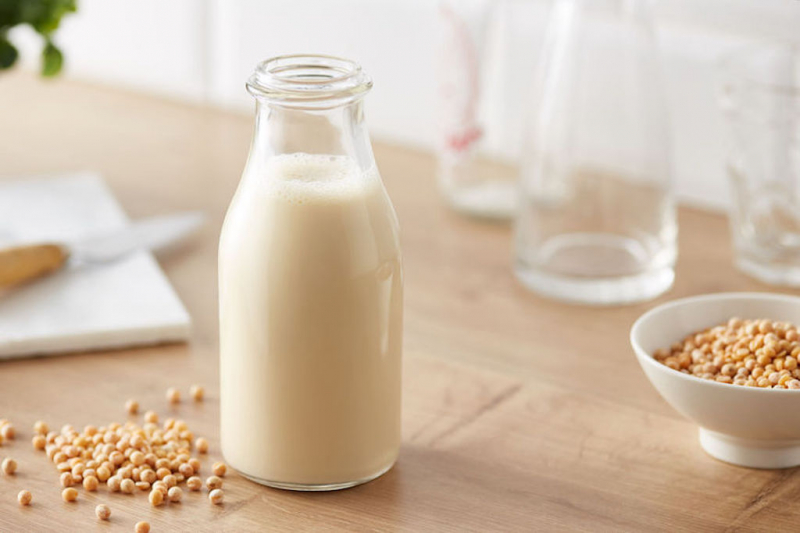
Soy milk 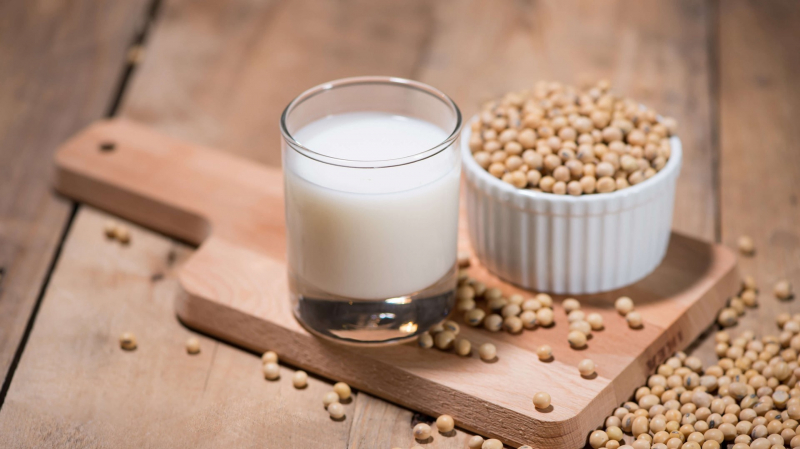
Soy milk -
Oats are a simple and delicious way to boost protein in any diet. Oatmeal is a feel-good start to the day, and if you make it a habit, it can do your health some favors.
About 5 g of protein and 4 g of fiber are present in a half cup (40 g) of dry oats. In addition, oats include folate, magnesium, zinc, and phosphorus. Oats contain higher quality protein than other commonly consumed grains like rice and wheat. Oats can be used in many different recipes, from breakfast to vegetarian burgers. They can also be used for baking after being ground into flour. But now in the market, some packets of instant oatmeal are loaded with sugar, as much as 8 teaspoons per serving, and high in sodium. Always check the label to see what you're getting. And if you're on a gluten-free diet, look for oats that are certified gluten-free.
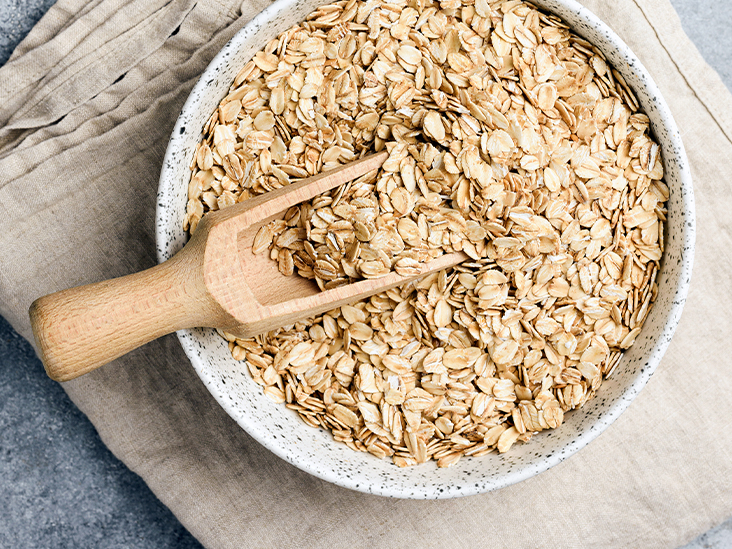
Oats and oatmeal 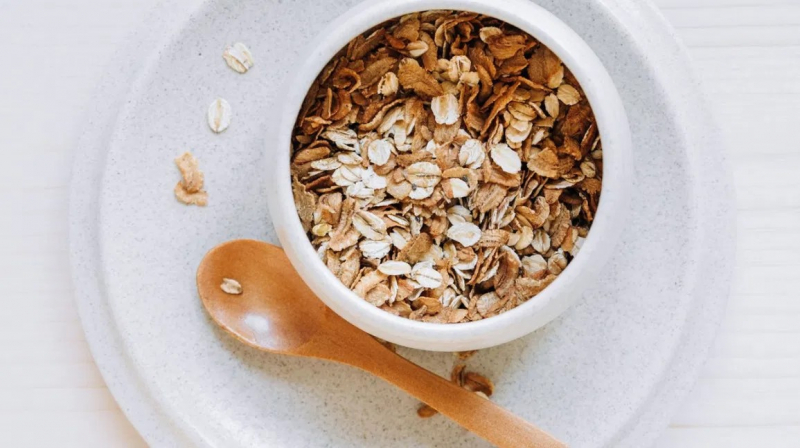
Oats and oatmeal -
Compared to basmati and brown rice, which are both long-grain rice varieties, wild rice has around 1.5 times as much protein. Nearly 7 grams of protein are included in one cooked cup (164 grams), along with enough levels of fiber, manganese, magnesium, copper, phosphorus, and B vitamins.
Wild rice does not have its bran removed, in contrast to white rice. That's great from a nutritional point of view because bran has a lot of fiber and vitamins and minerals. Arsenic, which can accumulate in the bran of rice crops grown in contaminated areas, is a concern because of this. Arsenic is a poisonous substance that can cause a number of health issues, especially when used often over long periods of time. Arsenic and other heavy metals like lead and cadmium can be significantly reduced in wild rice by washing it first and boiling it in a lot of water.
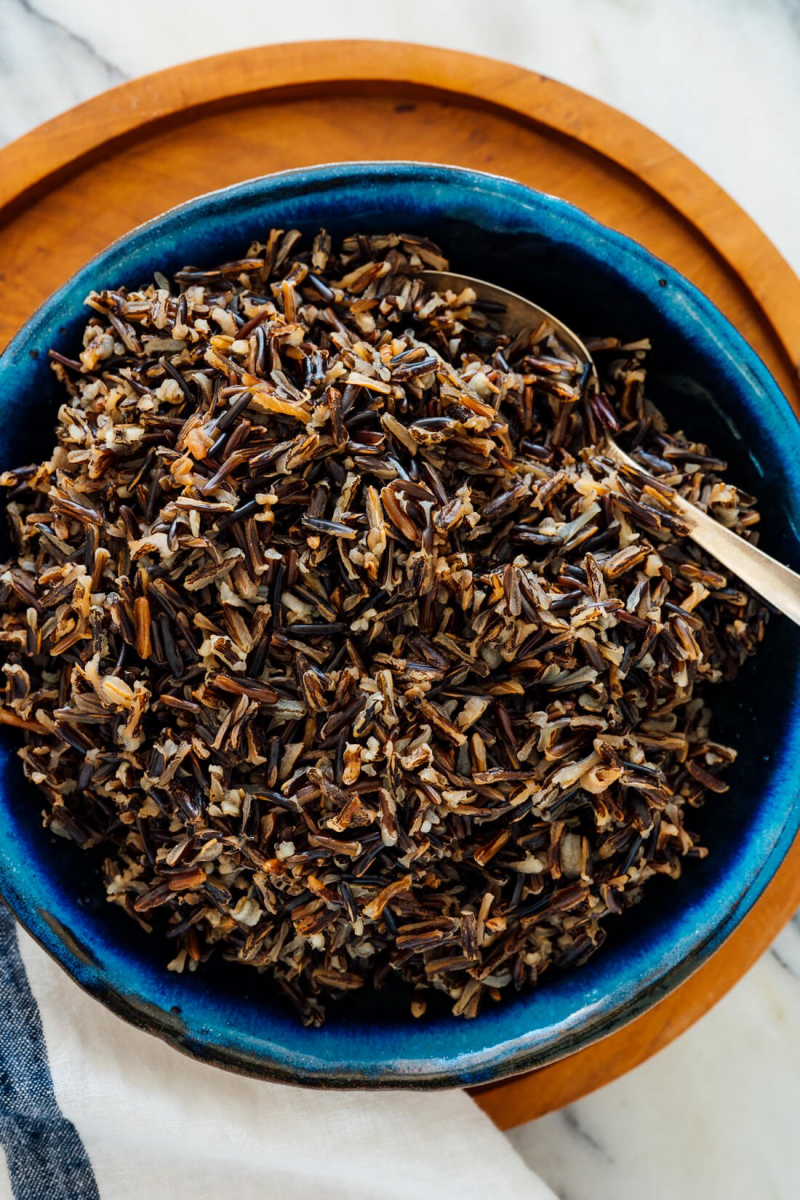
Wild rice 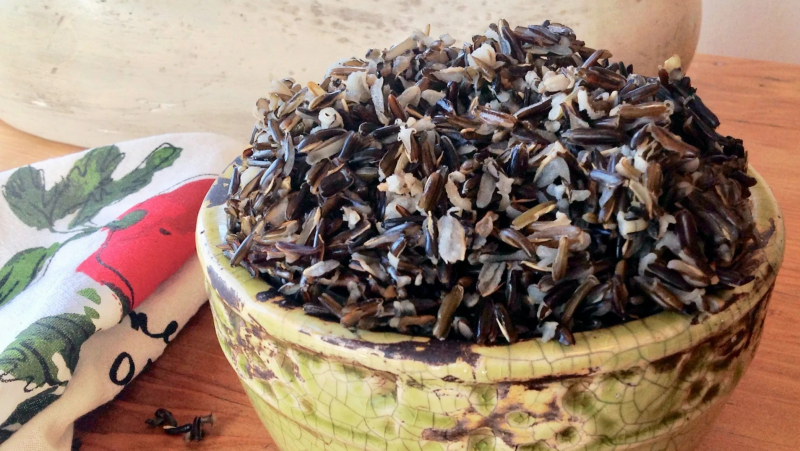
Wild rice -
Chia seeds were a vital crop in ancient Aztec and Mesoamerican cultures. The seeds had medicinal applications and made up an important part of people's diets. Today, chia grows commercially in many countries including Mexico, Guatemala, Peru, Argentina, Australia, and the United States. The seeds are well-known for being a nutrient-dense addition to balanced diets.
Chia seeds deserve to be among the top plant-based proteins because they include 5 g of protein and 10 g of fiber per ounce (28 grams). These small seeds are rich in omega-3 fatty acids, antioxidants, and other healthy plant chemicals, as well as calcium, iron, magnesium, selenium, and selenium. Due to their mild flavor and ability to absorb water and form a gel-like substance, they are also incredibly versatile. This property enables them to be a simple addition to a wide range of recipes, from chia pudding to baked goods to smoothies.
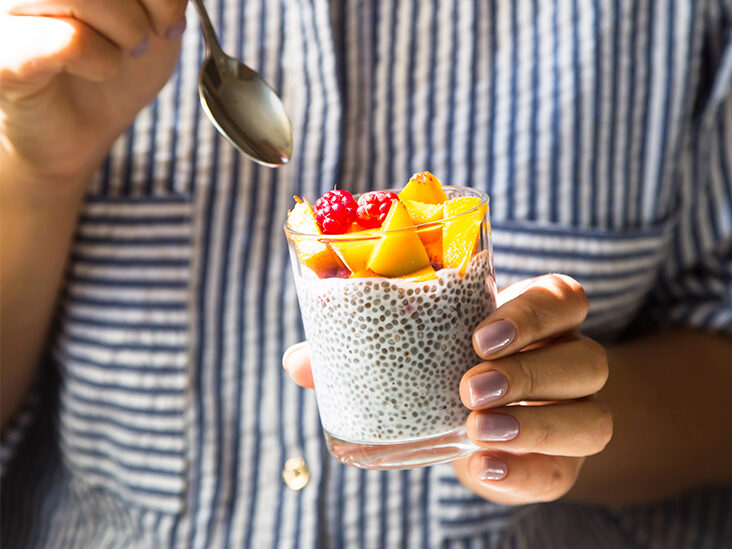
Chia seeds 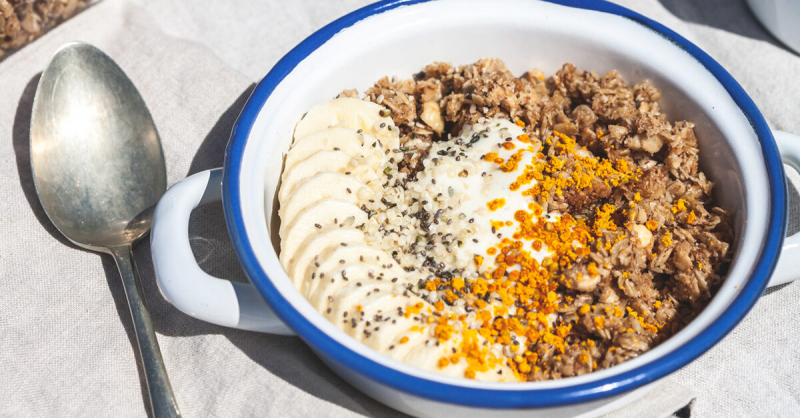
Chia seeds -
Legumes, organic whole grains, and sprouted grains are used to make Ezekiel bread. In addition to soybeans and lentils, these include wheat, millet, barley, and spelling. The amount of protein in two slices of Ezekiel bread is about 8 grams, which is a little bit greater than most other types of bread.
Grain and legume sprouting increases the number of beneficial nutrients they contain while lowering the number of anti-nutrients, which are substances that can conflict with your body's ability to absorb specific vitamins and minerals. Additionally, research indicates that sprouting increases the content of specific amino acids, such as lysine, which can help improve protein quality overall. Similar to this, adding grains and legumes to bread could improve the bread’s amino acid profile. Additionally, it seems that sprouting increases the amount of soluble fiber, folate, vitamins C and E, and beta carotene. And it might slightly lessen gluten, which would help those with gluten-related digestion problems.
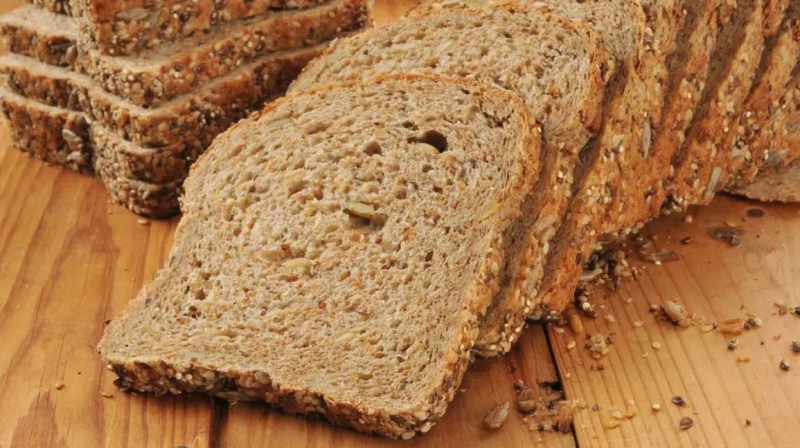
Ezekiel bread and other breads made from sprouted grains 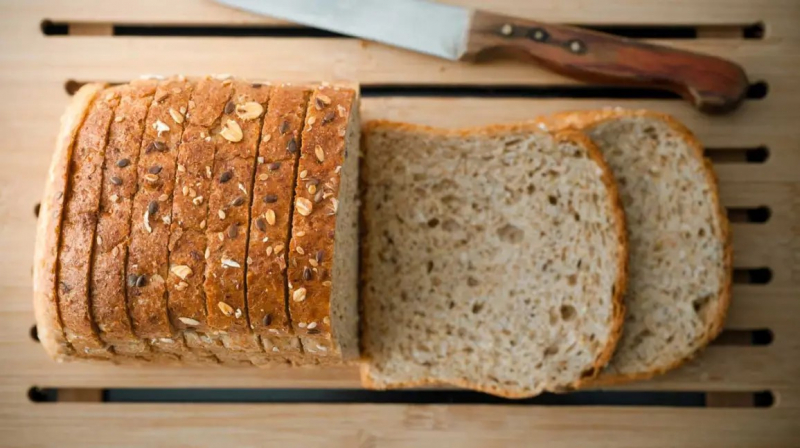
Ezekiel bread and other breads made from sprouted grains

















